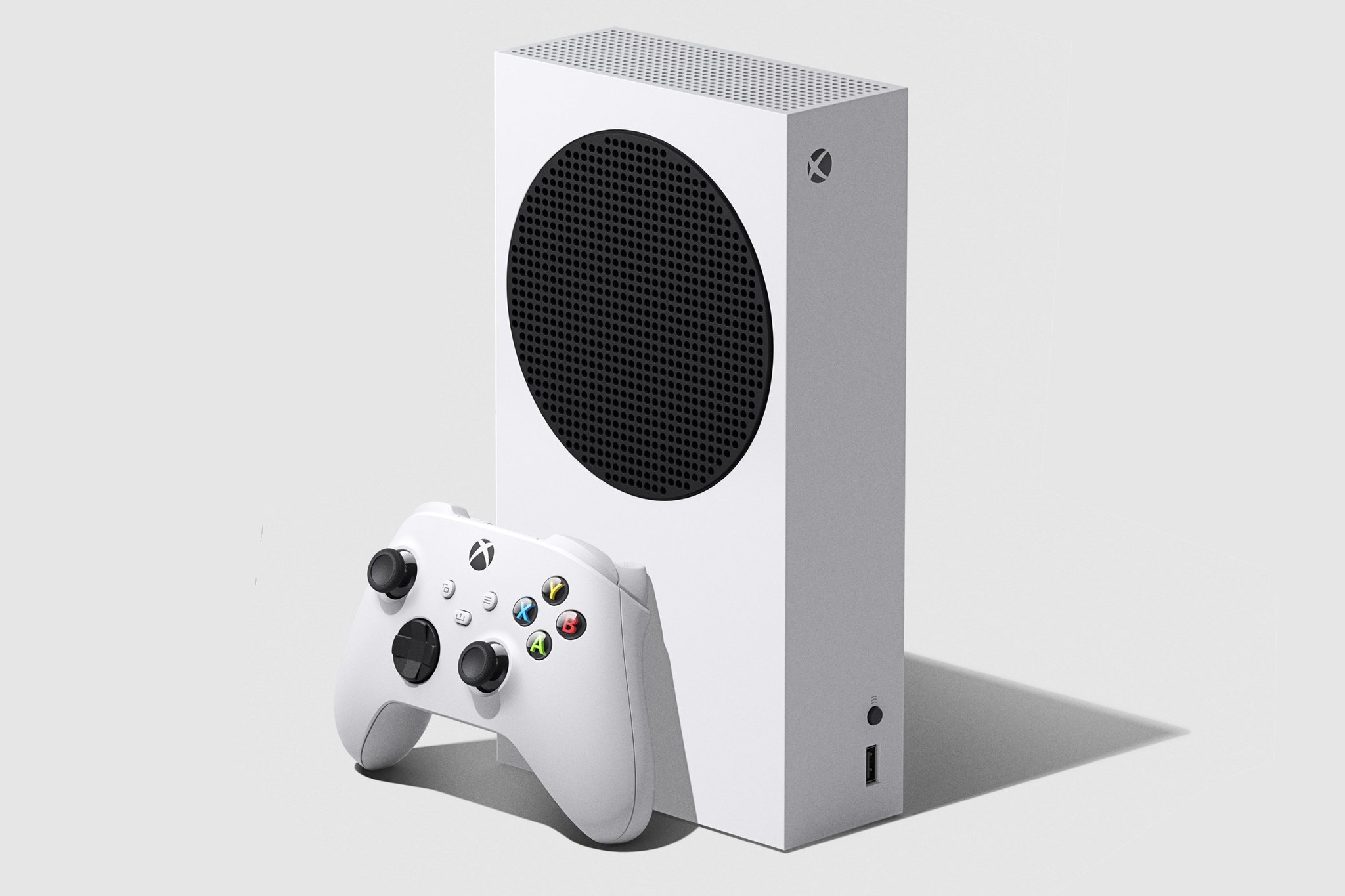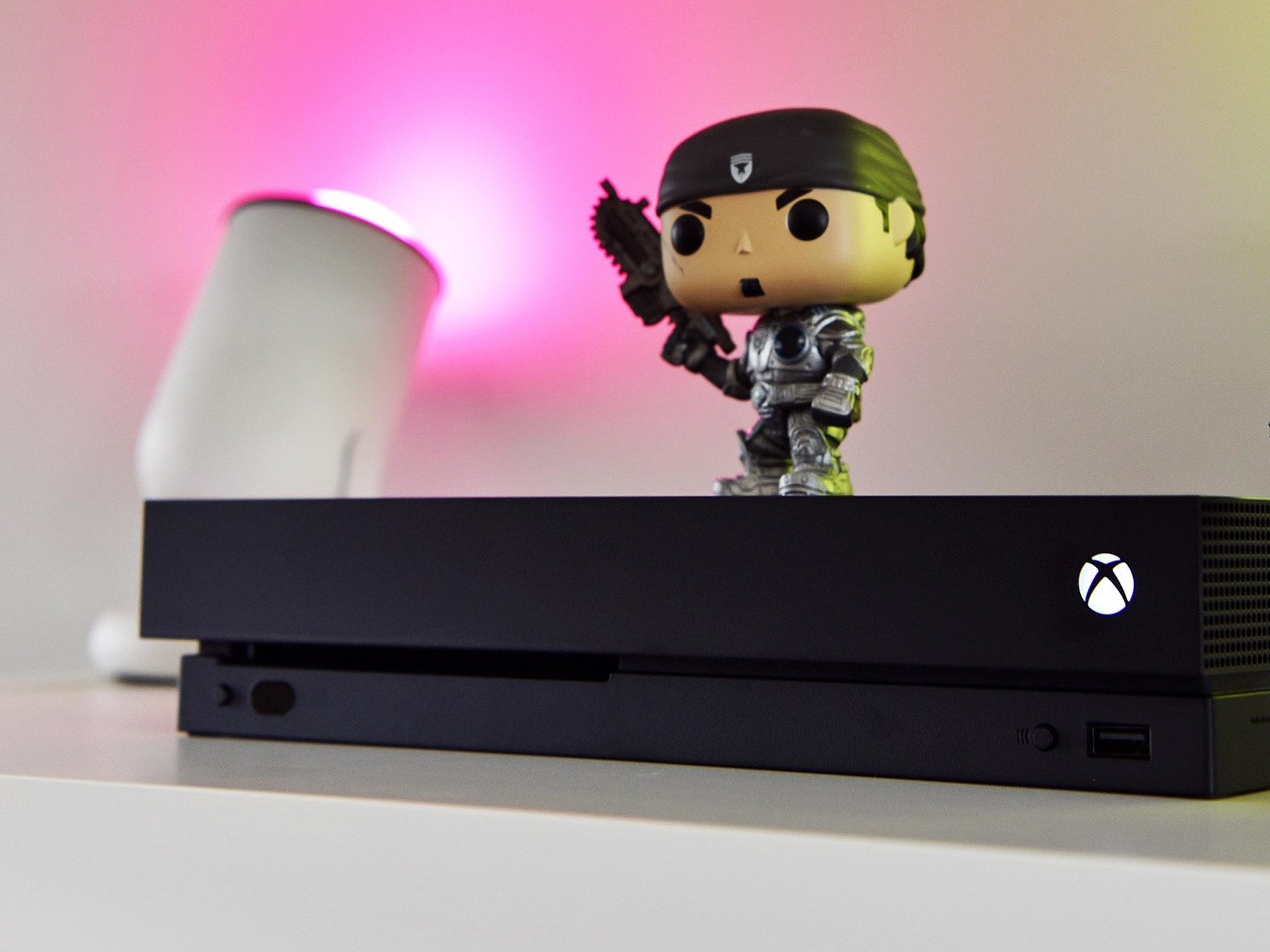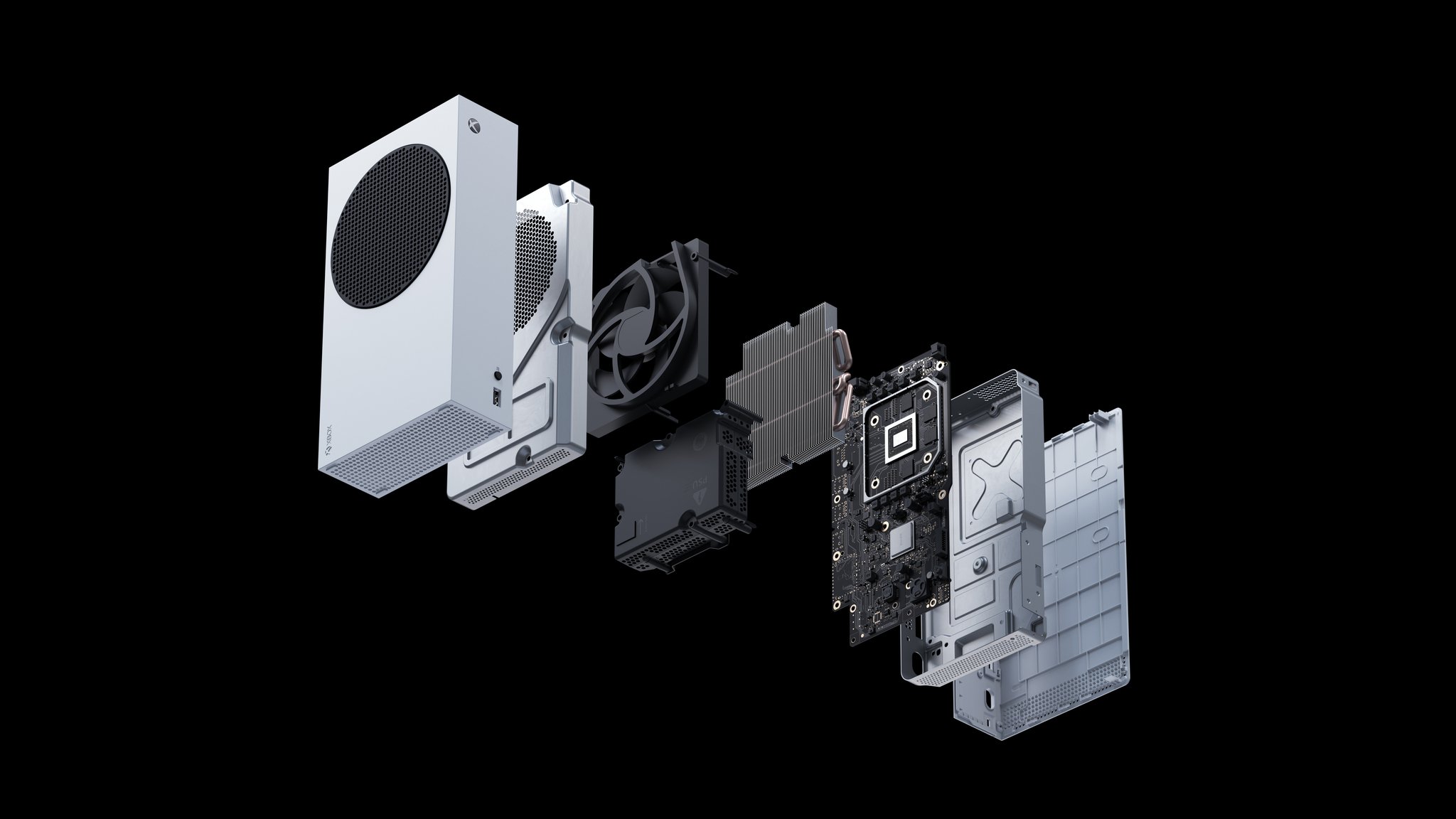With the Xbox Series S "Lockhart" finally out in the open, many of you have been asking if it's a definitive upgrade from the Xbox One X. The answer is complicated.
With the Xbox Series S out in the open, set to be an affordable alternative to the more powerful, more beastly Xbox Series X, many have been wondering if this pint-sized console is actually more powerful than 2017's Xbox One X. The answer is a bit complicated, and in 2020, it's not a definitive "yes or no" answer. Here's what you need to know.
Xbox Series S vs. Xbox One X: Which is better?
On paper, the Xbox One X may look like a more powerful system, with more RAM and a beefier GPU. The Xbox One X was designed (and priced) to be the most powerful console in the world when it launched. However, it was bottlenecked heavily by its Jaguar CPU, which is architecturally the same CPU (albeit with some enhancements) that shipped back in 2013 with the Xbox One base unit.
The Xbox One X was all about delivering 4K games with GPU-bound enhancements. The Outer Worlds, Gears 5's campaign, Wasteland 3, and various other games run at a crisp 4K resolution on Xbox One X, with enhancements and other improvements. They are, however, 30 frames per second, which is a limitation commonly associated with the weaker CPU in the Xbox One X.
The Xbox Series S (and X) conversely has a far more powerful, modern CPU, built on AMD's contemporary processor architecture. Games that favor the CPU for performance, such as Destiny 2, could see their frame rates boosted from 30 to 60 frames per second on the Xbox Series S, despite it being a more streamlined system on paper than the One X. The Xbox Series S is ultimately designed to be an affordable option for a specific market of gamers who perhaps don't have a 4K TV, but want to get next-gen frame rates and other features.
Speaking of those "other features," while it has fewer teraflops on paper, the RDNA2 architecture provides better per-teraflop returns than the GCN architecture in the Xbox One consoles. When you look at the Xbox Series S GPU, combined with the more powerful CPU, we get next-gen effects like ray tracing dynamic lighting and shadows. The Xbox One X architecture simply doesn't support many of these next-gen innovations. Despite running at a lower resolution, games should look and feel more dynamic for the Xbox Series S when they've been Xbox Series S enhanced, with better frame rates and next-gen visual enhancements like ray-tracing.
Another piece of this jigsaw is the 512GB NVME SSD storage. With Xbox Velocity Architecture and it's vastly improved speed over the mechanical HDDs used in the One X, and its advanced decompression block, it can reduce the load on other components in the system to enhance overall efficiency. The SSD in the Xbox Series S is anywhere up to 40 times faster than the Xbox One X, and new APIs explicitly designed to take advantage of the NVME can provide some calculative assistance to the GPU and CPU, offloading operations that would bog down the Xbox One X.
Xbox Series S backward compatibility
Over the past couple of days, there's been an avalanche of clickbait and commentary over the fact the Xbox Series S will utilize the Xbox One S versions of backward-compatible Gen-8 games, rather than the Xbox One X version. This is simply because taking advantage of the improved architecture of the Xbox Series S requires updates and additional optimizations. The system isn't designed to be a 4K powerhouse like the Xbox One X is, which effectively uses brute strength to get games up to 4K.
The Xbox Series S is a far more balanced system overall.
The Xbox Series S is a far more balanced system overall, designed for a specific segment of the market that may not yet have 4K televisions or favor performance over resolution, and don't want to pay extra for it. Microsoft said in leaked press materials that "dozens" of games will launch with Xbox Series X enhancements when both consoles launch on November 10. They then went on to say that any game optimized for Series X will also be optimized for Series S.
It's not a stretch to think that many of the most popular titles, such as Destiny 2, Fortnite, and so on, will get some form of Xbox Series S-enhanced version, given that the Series S is likely going to be the more popular option with consumers this holiday season owing to its $299 price point.
We're still gathering a list of games that are confirmed to be Xbox Series S and X optimized, but it's already looking quite vast. Destiny 2 will be 60 frames per second on the Series X, and given that it is a CPU-intensive game, it's fair to assume that it will also hit 60 FPS on the Xbox Series S, albeit at a lower resolution.
Xbox Series S upgrades the One S; Series X upgrades the One X
The $299 Xbox Series S was always designed to be an upgrade for those who are happy with their $299 Xbox One S systems and setups. People who use 1080p sets to enjoy HD games without breaking the bank will get a genuinely massive upgrade if they move across to an Xbox Series S.
Many past, present, and future games will enjoy frame rate enhancements and other improvements.
Many past, present, and future games will enjoy frame rate enhancements and other improvements to make games feel better — even if they won't get the crispness of 4K gaming on a 4K TV.
The $499 Xbox Series X is the definitive upgrade for those who have a $499 Xbox One X, with enough GPU power to get the most out of their 4K TVs, alongside other visual enhancements that require more serious GPU performance.
Both systems will benefit from the large bump in CPU performance, and the near-instantaneous loading speeds on the SSD and other improvements as developers get to grips with new APIs like DirectStorage and the broader Xbox Velocity Architecture. Many older games will get enhancements to take them beyond their Xbox One S versions on the Xbox Series S, improving frame rates and general smoothness. Meanwhile, future games built for the new GameCore OS development environment will take advantage of all these new features out of the box.
The shorthand rule of thumb is, if you're on an Xbox One S and have a 1080p TV, you may be happy upgrading to the Xbox Series S. If you have an Xbox One X and a 4K TV, you should upgrade to the Xbox Series X. Your best Xbox One headset and all of your other accessories will also just work on the new consoles. And thanks to Xbox All Access, it's easier than ever to jump into next-gen as well, spreading the cost of the console out across two years as well.
Whichever console you decide to jump into next-gen with, there are exciting times ahead for gamers everywhere.
via https://AiUpNow.com September 12, 2020 at 04:30AM by Jez Corden, Khareem Sudlow,




